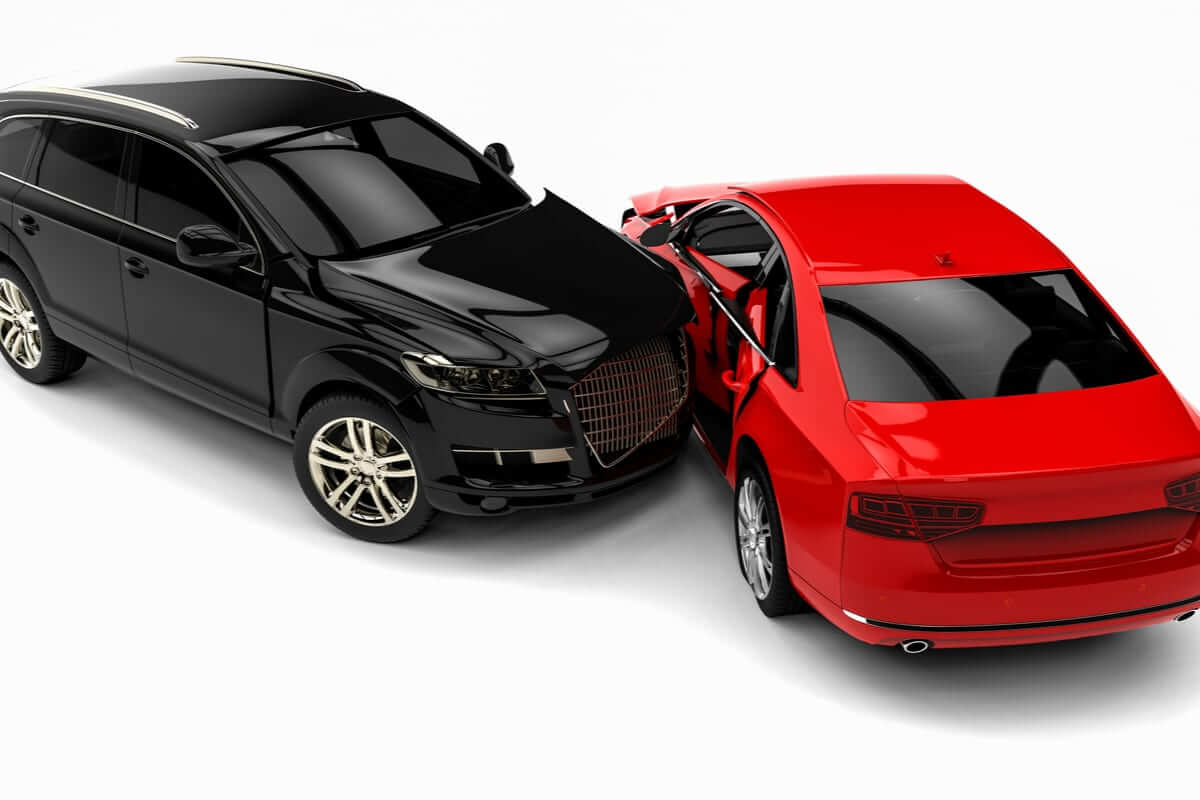- Firm Overview
- Practice Areas
- Testimonials
- Community
- Blog
- FAQ
- Contact
GET A FREE CONSULTATION (702) 680-1111

Founding Member & Managing Partner at Gina Corena & Associates
Practice Areas: Personal Injury

Car accidents can occur for a variety of reasons. In the blink of an eye, the situation on the word can turn dire. Knowing the top 10 causes of car accidents in Nevada can help drivers avoid a variety of dangerous scenarios.
Distracted driving has an impact on around 8.5% of fatal car accidents every year. While most drivers now realize that they should put down their phones and avoid texting and driving, many drivers still engage in a variety of distracted behaviors: eating and drinking behind the wheel, changing music or heating and air controls, programming a GPS device, and more. Unfortunately, these distractions take the driver’s hands and/or attention off the wheel, which can substantially increase the risk of accident.
On average, for every 1% a driver’s speed increases, the risk of accident increases by 2%. Many drivers speed in the effort to cut time spent on the road, especially if they are running late. Unfortunately, speeding rarely saves the driver much actual time, since the flow of traffic and general traffic signals can also have a substantial impact on time needed to reach the destination. Worse, speeding may significantly impact the risk of a severe accident.
In addition to speeding, reckless driving can include swerving in and out of traffic, ignoring traffic laws, or tailgating. Often, reckless drivers behave arrogantly in an effort to reach their destination faster or to interfere with other drivers on the road. Unfortunately, these behaviors can make a driver’s behavior difficult to predict and may cause serious injuries in an accident.
Aggressive driving usually includes some of the same behaviors as reckless driving, but may also include behaviors specifically targeted at other drivers on the road. For example, aggressive drivers may try to force another car off the road. In extreme cases, including immense road rage, drivers may even try to ram into other drivers deliberately. These instances of road rage can cause extreme danger to everyone sharing the road with the aggressive driver.
An average of 1.8% of Nevada drivers report getting behind the wheel after having too much to drink. Drunk driving, however, is substantially impaired driving. Not only do drunk drivers often struggle to control their vehicle safely, they may engage in unpredictable and erratic driving, which can make it harder for other drivers to predict their actions and avoid an accident. Driving while intoxicated may mean slowed reflexes, less awareness of what happens around the driver, and difficulty making wise decisions. While some drunk drivers engage in reckless or aggressive behaviors, others may drive excessively slowly or slam on their brakes unpredictably as they struggle to control their vehicles.
Driving in poor weather conditions can substantially increase overall accident risk. While Nevada may not see as much snow and ice as cities further north, Nevada drivers may face a wide range of dangerous road conditions, including fog and rain, which can lead to immense challenges. In the fog, for example, drivers may have a hard time seeing what takes place around them, making it difficult to navigate. Drivers driving in the rain may have more trouble with slipping on wet roads, which can make it harder to stop or to get around sharp turns safely. While poor weather conditions may contribute substantially to accident risk, drivers still bear full liability for their decisions behind the wheel.
At night, navigating the road can grow much more difficult. Night driving decreases visibility significantly. Some drivers struggle to deal with headlights from oncoming traffic, since it may make it harder for their eyes to focus. At night, drivers are also more likely to be drowsy or inebriated, which can further increase accident risk.
Driving while drowsy can have many of the same effects on a driver as driving while inebriated. Often, drowsy drivers struggle to keep their attention on the road in front of them. They may fall more quickly into a road haze, which can lead to decreased reflexes and struggle to safely navigate in the vehicle. Sometimes, drowsy drivers may even fall asleep behind the wheel. When drivers fall asleep, most often, the car continues to move forward despite the fact that no one controls it. Falling asleep behind the wheel can lead to serious accidents, including head-on collisions and rear-end collisions at full speed.
Teenage drivers typically have far less experience behind the wheel than adult drivers, which can make it more difficult for them to know how to react when a dangerous situation arises behind the wheel. Teenage drivers also do not have a fully developed prefrontal cortex, which can make them more prone to poor decision-making and reckless driving. Annually, teenagers have a higher percentage of accidents than other age groups across Nevada. Teenage drivers in Nevada must adhere to stricter restrictions than other, older drivers, including restrictions on the hours they can safely drive and the number of non-family passengers they can have in the vehicle at any time.
Construction sites change the landscape of even the most familiar roads. In many construction zones, drivers must navigate much more narrow lanes. They may also experience unexpected lane shifts or other changes in traffic patterns. While speed limits typically drop in construction zones, and fines increase for drivers who do not adhere to those posted limits, drivers may still try to take those roads too fast, substantially increasing the risk of an accident. Drivers may also cause injury to workers in construction zones, especially if they move into traffic unexpectedly.
While construction zones pose unique challenges, there are other factors on the road that can lead to accidents. For instance, the rise of self-driving cars has introduced a new set of complications. While they promise a future of safer roads, there have been instances of self-driving car accidents that raise concerns about their reliability. Similarly, certain types of accidents, like rollover accidents, are particularly common in Nevada, posing a significant risk to drivers.
Post-accident trauma can also have lasting effects on victims. Some individuals may find themselves grappling with PTSD after an accident, which can be a challenging condition to prove and seek compensation for. Moreover, understanding the intricacies of Nevada’s at-fault insurance system is crucial for victims seeking to recover damages.
Did you suffer serious injuries in a car accident? Whether your accident occurred due to one of the top ten reasons for car accidents in Nevada or you suffered severe injuries for another reason, an attorney can help you learn more about your right to compensation. Contact Gina Corena & Associates today at 702-680-1111 for a free consultation.

As founder of Gina Corena & Associates, she is dedicated to fighting for the rights of the people who suffer life-changing personal injuries in car, truck and motorcycle accidents as well as other types of personal injury. Gina feels fortunate to serve the Nevada community and hold wrongdoers accountable for their harm to her clients.